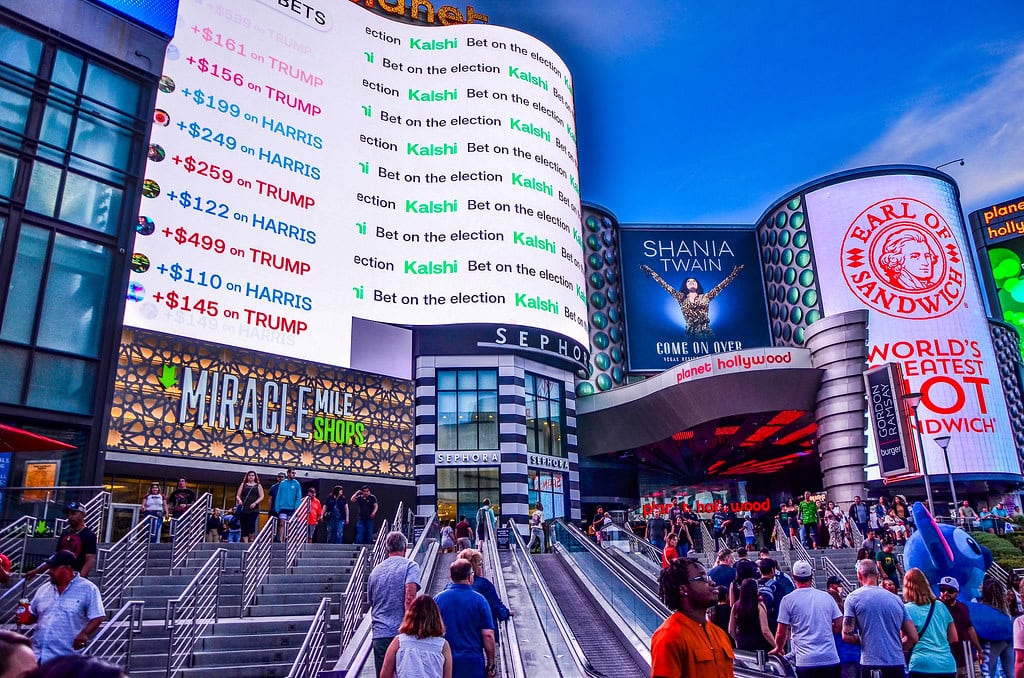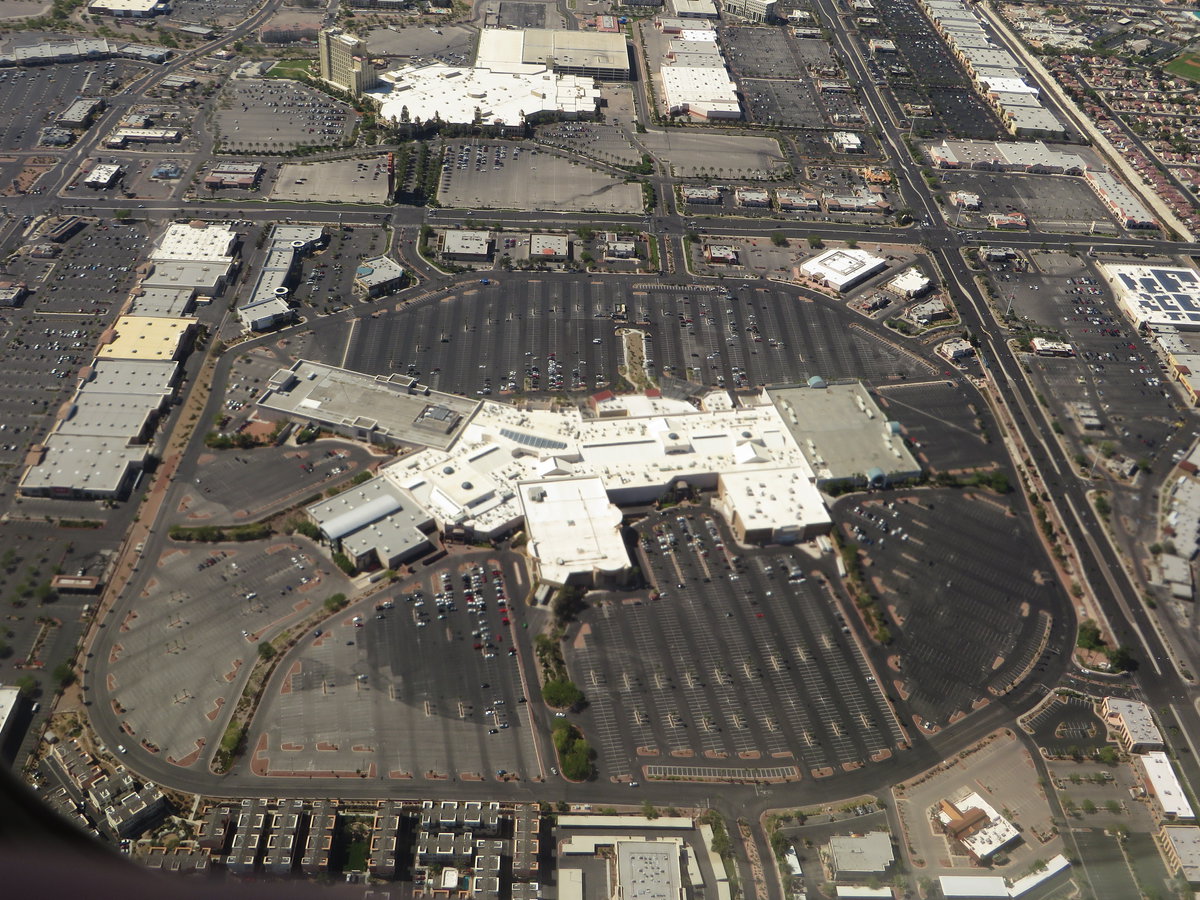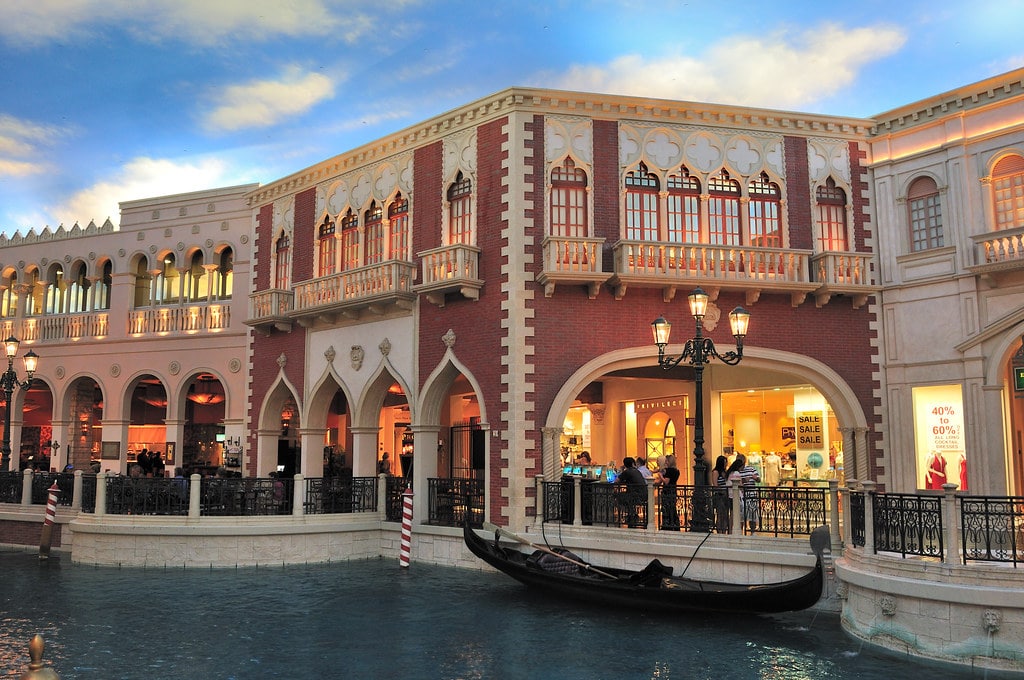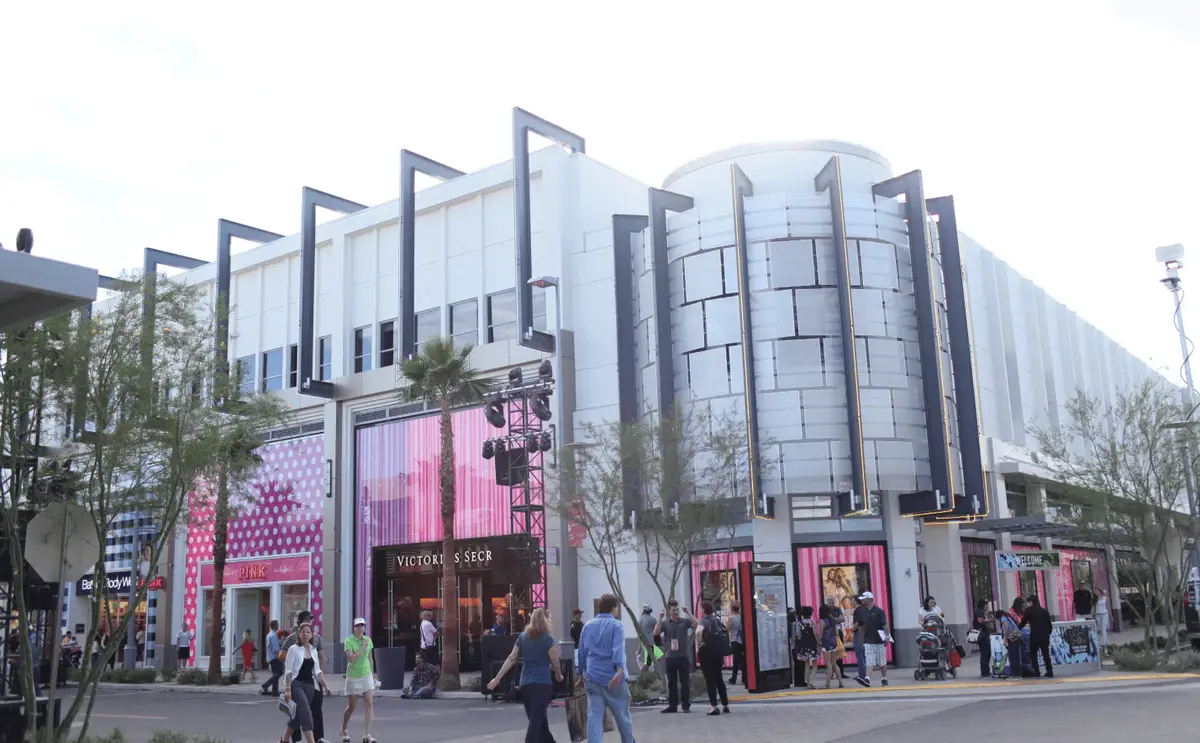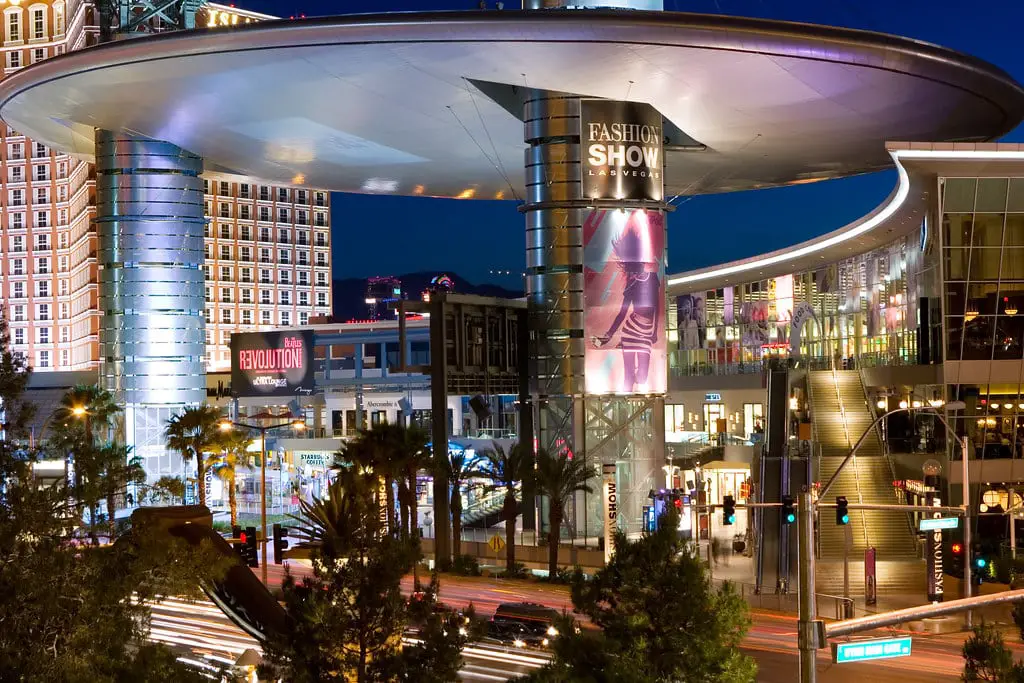Where the Bricks Still Hold
Meadows Mall sits quiet most mornings, its 156,000-brick exterior catching early light, the glass over its entryways smudged from the day before. Opened on August 5, 1978, it once felt like a promise - the city's second major indoor shopping center spread across 84 acres with space for nearly 4,600 cars.
People remember the carousel, the escalators, and the long corridor walking from Sears to JCPenney. A lot has changed since then. The anchor stores have shifted, and some have vanished. A Round One arcade replaced part of Sears. Curacao moved into what used to be Dillard's first floor.
But the mall still pulls in families, teens, and locals chasing routine or a rare deal. For anyone looking up things to do in Las Vegas, Nevada, Meadows Mall still lands on the list.
The Zoning Dispute That Almost Shut Down the Project
Plans for Meadows Mall first appeared in 1973, backed by Dayton-Hudson Corporation, now known as Target. But the project didn't move smoothly through city channels.
In both 1973 and 1974, the Las Vegas City Commission rejected the proposal, stating that the planned location should be moved.
A district court disagreed, ruling in early 1974 that the zoning variance had to be granted. The commission pushed back again, appealing to the Nevada Supreme Court. In 1975, they lost.
That ruling forced the city to allow the mall's development, clearing the path for construction to begin. By that point, planning had stretched over two years, with tension mounting between corporate investors and local leadership.
The project survived the delay, but it came close to falling apart. Charles Kober & Associates took on the design, choosing desert-inspired tones and shapes that reflected the local terrain.
Those early years shaped more than the building. They set the tone for how it would be built, managed, and debated.
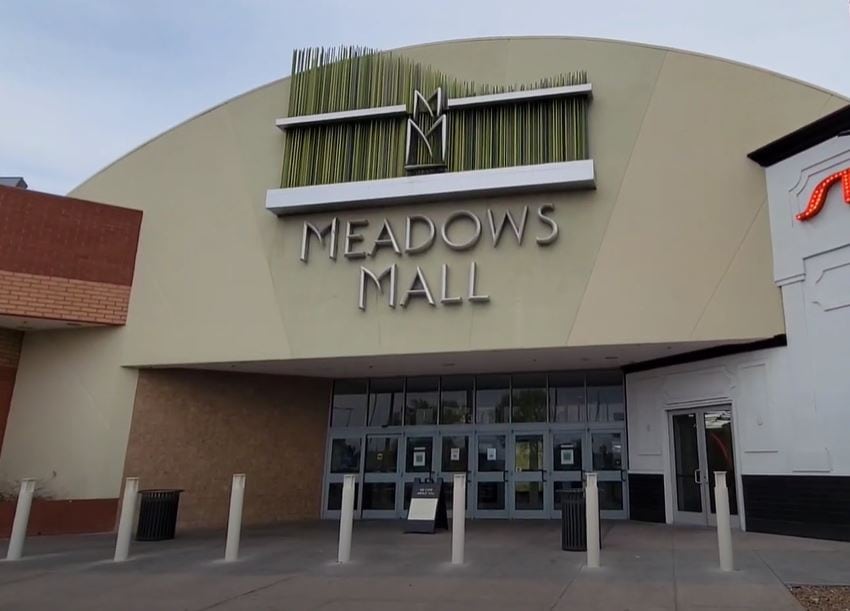
Breaking Ground and Building Retail Footprint
Construction started in May 1976. Ernest W. Hahn Inc. led the buildout, managing over 1,200 workers during the two-year timeline.
The $40 million development became its own landscape, stitched together with steel and 156,000 bricks. The parking layout carved new traffic lines into the city.
Meadows Lane didn't exist before the mall - it had to be added to serve the traffic flow expected on opening day.
Charles Kober & Associates stayed with their desert palette, opting for soft earth tones and low-contrast materials meant to mirror the surrounding terrain.
The focus wasn't on glass towers or flashy signage. Instead, it was about volume and function, something enclosed but open enough to move through.
The ribbon was cut on August 5, 1978. That day, Las Vegas gained 945,000 square feet of enclosed retail.
With only The Boulevard Mall operating at that scale, Meadows Mall brought competition into the market. Employment expectations hit 3,000 jobs at launch.
That number mattered, given the city's population and its dependence on hospitality and construction work at the time.
Sales, Acquisitions, and the Shifting Lease Sheet
Less than a month after opening, Dayton-Hudson pulled out. In September 1978, the company listed the property for sale as part of a larger downsizing strategy.
The buyer was Shell Pension Fund, headquartered in The Hague. The new management came from Center Companies, which is based in Michigan.
The price wasn't disclosed immediately, but eight years later, in 1986, International Income Property acquired Meadows Mall for $60 million.
Retail tenancy moved along with the ownership. Diamond's and The Broadway were the original anchors.
Sears and JCPenney joined the layout in 1979, with Sears spending $3 million on a 150,000-square-foot build. In 1984, Dillard's opened, taking a full spot among the major tenants.
By 1997, there were 123 stores inside, one sit-down restaurant, and a 14-vendor food court.
Management rotated, but the layout stayed mostly stable through the 80s and 90s. Unlike other centers that overhauled entire wings, Meadows Mall leaned into long leases and incremental buildouts.
The location's performance kept the place on national retail maps, even without major interior reconfigurations.
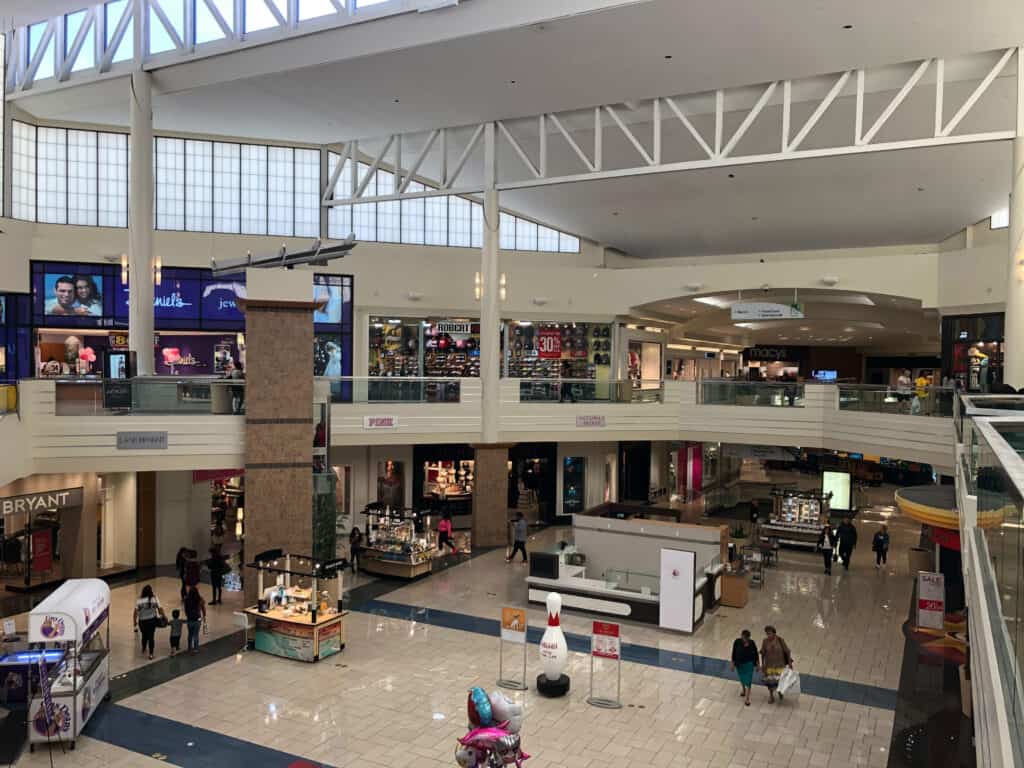
Mid-90s Renovations and Customer Flashpoints
In 1993, a teenage boy entered Meadows Mall with a suspicious-looking device. The device was fake, but it triggered a full evacuation and police response.
No one got hurt. The event marked one of the mall's first brush-ups with high-alert security procedures.
Just two years later, in 1995, the Dillard's location expanded as part of a planned renovation that also freshened parts of the mall's interior.
The same year, another issue came to the surface: the mall's carousel featured a horse with a carved American Indian head on its back.
The Las Vegas Indian Center called it culturally offensive.
Smoking inside the property came to a stop in 1996 following customer complaints. No ban signage went up overnight, but enforcement became visible.
Then, in 1997, an overflow parking lot was added near JCPenney. Alongside that change, the mall introduced "Stork Parking" - marked spaces near entrances for pregnant visitors.
These small modifications came in waves; each shaped more by shopper behavior than retail trends.
These years didn't carry massive commercial shifts. Instead, they carried friction. The kind of slow, steady resistance that reshapes a property more than any blueprint ever could.
GGP Buyout and the Retail Refurbish
In May 1998, General Growth Properties (GGP) bought Meadows Mall. At the time, the total floor space measured around 951,000 square feet. GGP wasted no time.
Within one year, they had pushed occupancy up to 95 percent. But the building looked worn. Even when stores were full, the bones felt faded.
That changed in June 2003. GGP launched a full-scale renovation that touched almost every surface. Brighter indoor lighting replaced the older systems.
New tile floors replaced decades of foot traffic. The facade outside was rebuilt in stone and repainted.
They added three new escalators and overhauled the food court. The property stayed open through it all. Crews worked nights.
The mall hosted a reopening on November 21, 2003. Ribbon cut at dawn. Strawberry Shortcake showed up for a children's show. Live jazz played through the main corridor.
In November 2004, they added the Healthy Living Play Area - a 1,640-square-foot zone in partnership with Valley Hospital Medical Center and Summerlin Hospital.
It pushed health education through playground design aimed at young children.
The look was newer. The ownership is stable. But problems didn't go away. A man pretending to be a member of the fake "Meadows family" got arrested at the mall in December 2004 for credit card fraud.
The pitch he used was simple: trust me, I own the place.
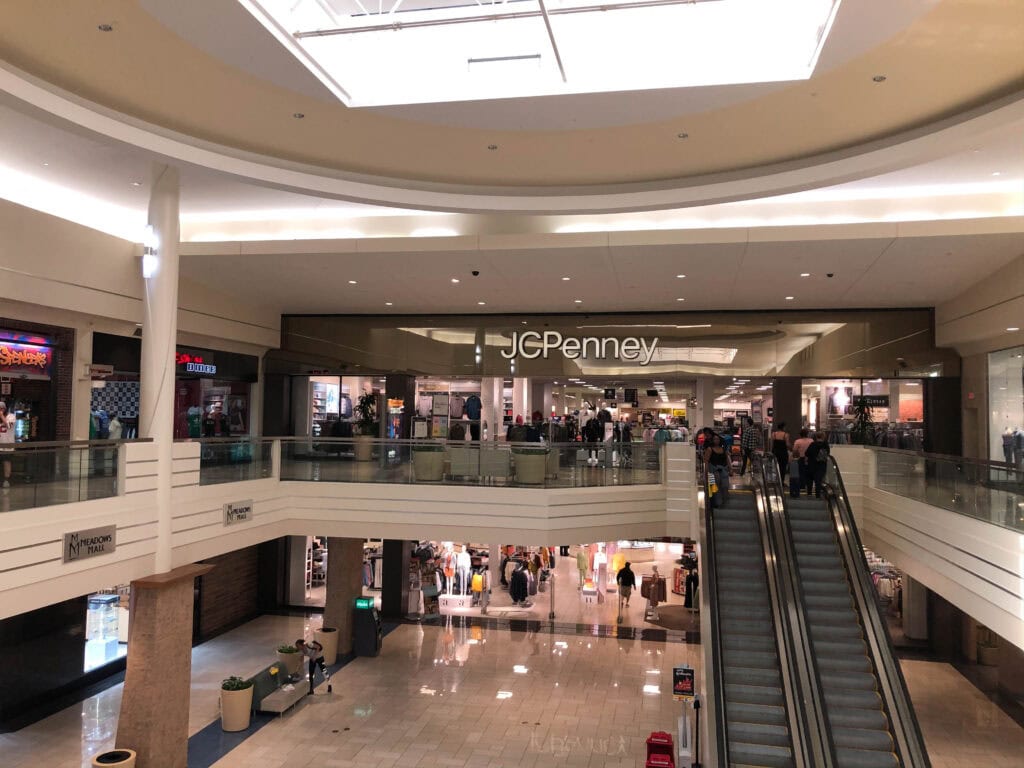
Store Closures, Format Shifts, and Tenant Turnover
By 2014, Dillard's shut down the 100,000-square-foot first floor of its 180,000-square-foot space. The second floor stayed open but only as a clearance outlet.
No grand rebranding. It's just a pivot to offloading unsold merchandise from other stores in the chain.
That vacant first floor didn't stay dark for long. In October 2016, Curacao opened there and pulled in 40,000 people on opening day.
The turnout wasn't about flash or celebrity appearances. It was the kind of crowd that showed up when credit deals met household electronics and basic furniture.
Macy's made its shift two years later. In June 2018, they added Macy's Backstage - a discount section inside the existing store, built on the premise that price tags move traffic better than glossy displays.
Sears store closed on February 3, 2020. That same year, Round One announced its lease. They planned to take part in Sears' first floor and replace the closed Sears Auto Center with an entertainment space.
No full demolition is required. This was just one part of a bigger phase-out for Sears, which had started shuttering stores across the country.
Retail stayed, but what it offered changed. Fewer fitting rooms. More arcade machines. Bargains over branding. And everything is padded by a loyalty card or free game credit.
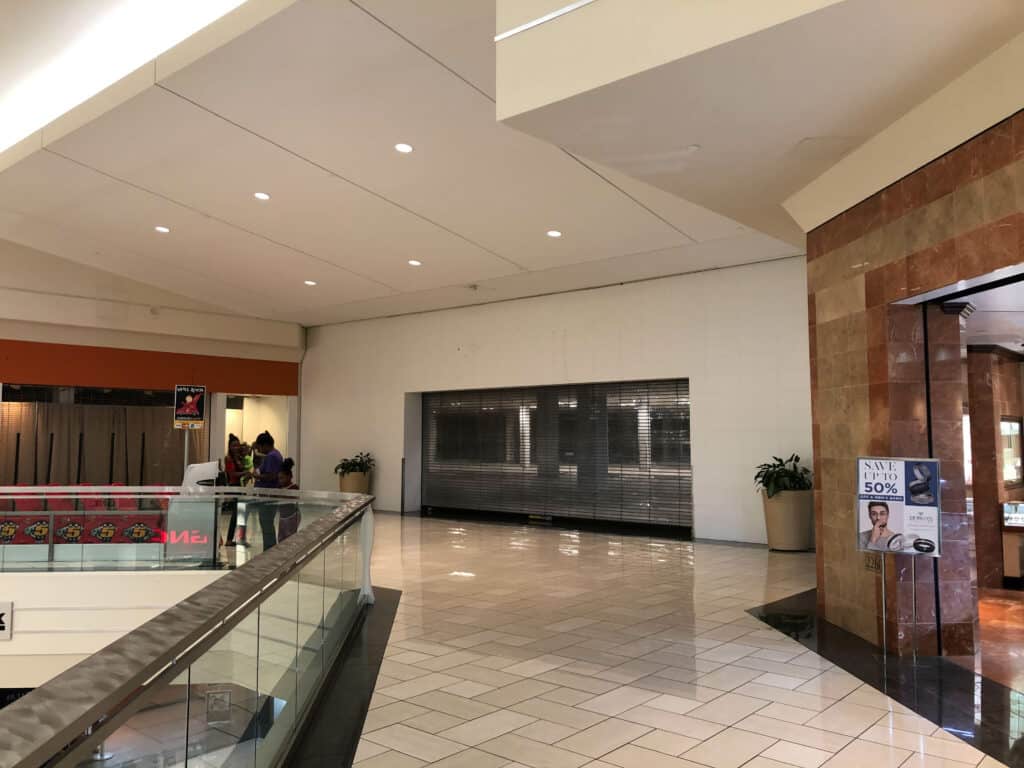
Takeover Incident and Security Response in 2025
On March 17, 2025, a group of teenagers used Instagram Live to stage what they called a "takeover" of Meadows Mall.
It started around 5 p.m., centered near the Round One Bowling and Entertainment venue. Foot traffic spiked fast. The livestream worked.
Several hundred youths showed up, many moving as a group, some pushing toward the center of the mall where the arcade draws late-day crowds.
Police stepped in, responding with enough presence to hold the lines. Fights broke out but didn't escalate past short altercations. No arrests. No detentions.
However, it shifted how the mall operated, at least temporarily. In response, management implemented ID screening for minors and required guests under 18 to be accompanied by someone 25 or older.
These weren't trial rules. They went into effect immediately.
Local outlets reported it across two days, tying it into a broader pattern of social-media-fueled group meetups across Las Vegas.
Round One stayed open. Security stayed visible. And by the following weekend, foot traffic had settled again.
🌿

